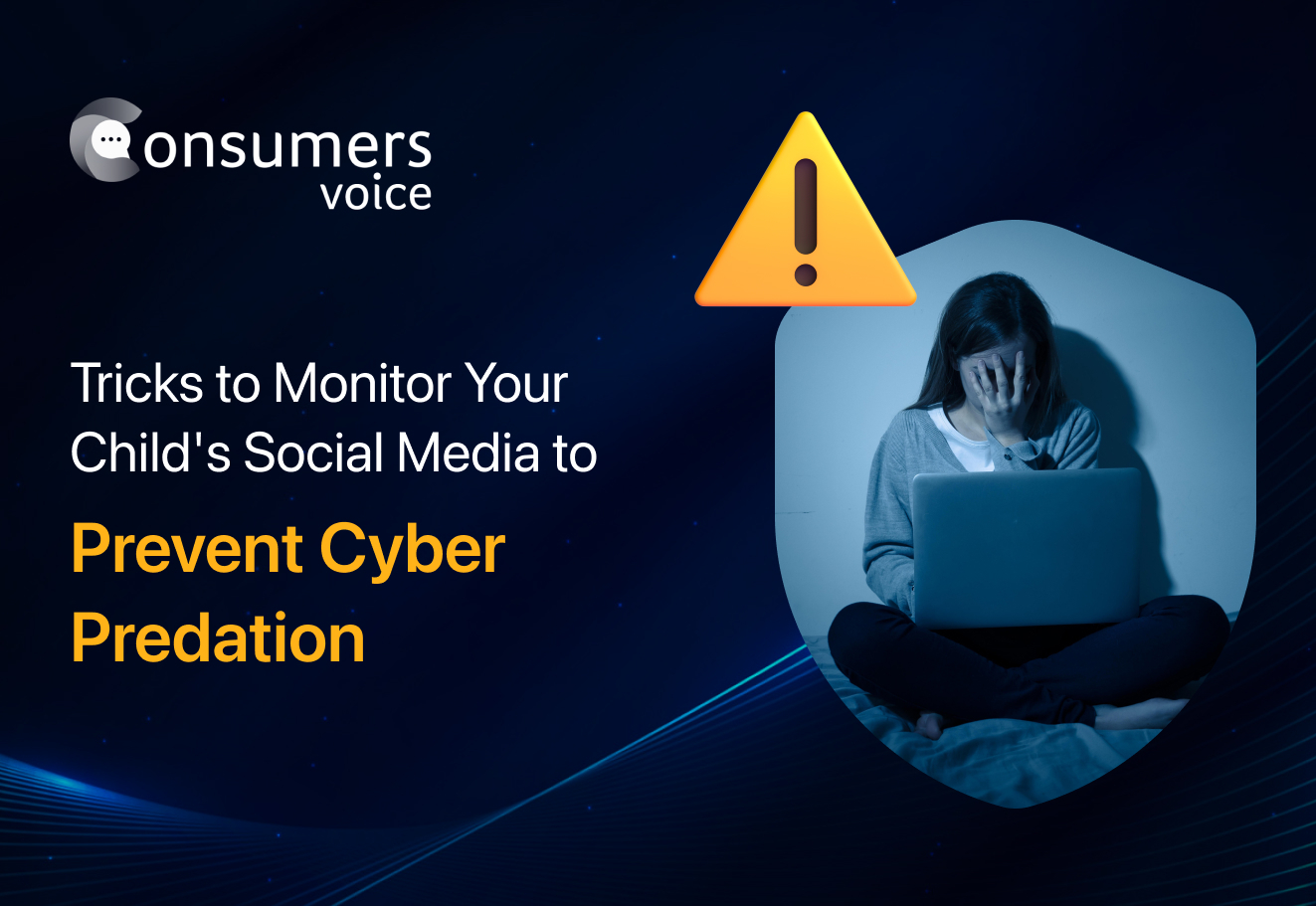Tricks to Monitor Your Child’s Social Media to Prevent Cyber Predation

In this digital age, where children are in constant interaction with technology, concerns about their safety are valid. Cyber predators are opportunistic threats looking to manipulate children with false information. They are posing risks to their digital, psychological, and even physical well-being. It’s essential to take proactive steps to keep your children safe. Social media monitoring is one of the essential acts that help you in controlling the situation.
Understanding the Threat from Social Media
One integral source cyber predators use to target children is social media. These platforms provide avenues for predators to connect with children and lure them into potentially harmful activities. Monitoring your child’s social media activities allows you not only to protect them but also to make them aware of potential threats.
Clever Strategies for Monitoring Social Media Activity
Follow Their Profiles: Be a Digital Guardian
Stay in the loop about your child’s online presence by following or being friends with them on social media. This enables you to keep an eye on their posts and interactions, sending a subtle message that you are involved in and care about their online safety.
Utilize FamilyTime for Social Media Monitoring
FamilyTime, a parental control app, serves as a tech-savvy ally in monitoring your child’s social media. The app allows you to set screen time limits, track online activities, and receive alerts for suspicious behavior. Its dedicated social media monitoring feature lets you peek into your child’s chats and conversations.
Educate Children about Safe Digital Practices
Empower your child with knowledge about potential risks associated with social media, including cyberbullying and online predators. Equip them with the skills to identify and respond to inappropriate content or interactions.
Make Them Understand the Need for Social Media Monitoring
Foster open communication with your child. Have an honest conversation about the importance of social media monitoring, discussing real-life examples of cyber predation. Help them understand that your intention is to protect them, not invade their privacy.
Set Clear Guidelines: Establish Digital Boundaries
Establish clear guidelines for social media usage, defining appropriate hours for online activities and discussing acceptable content. Ensure your child understands the consequences of violating these rules to create a safe online environment.
Lead by Example: Practice Safe Social Media Habits
Demonstrate safe social media habits by showcasing responsible online behavior. Set a positive example to reinforce the importance of being mindful and respectful in the digital realm.
Encourage Privacy Settings: Shielding from Unwanted Intrusions
Teach your child about privacy settings on social media platforms. Guide them on customization to control who can view their posts and interact with them online.
Regularly Check Their Friends List: Quality Over Quantity
Regularly checking your child’s friends list provides insights into their online connections. Encourage them to have a small circle of trusted friends rather than a large number of acquaintances.
Instill Healthy Skepticism: Questioning Online Interactions
Teach your child to approach online interactions with a healthy dose of skepticism. Encourage them to question the authenticity of requests for personal information and emphasize the importance of not sharing sensitive details with strangers. Also, guide them about the content safety that includes not sharing neither receiving age sensitive content with anyone.
Wrap Up!
Monitoring your child’s social media doesn’t have to be invasive; it can be a collaborative effort to create a safer online environment. By employing these tricks and maintaining open communication, you can help your child navigate the digital world responsibly, protecting them from potential cyber predation. The key is not just supervision but fostering a sense of digital literacy and resilience in your child.
